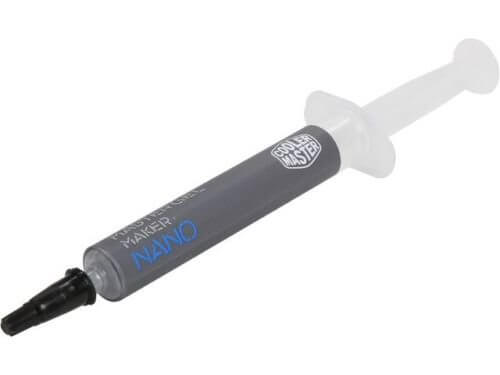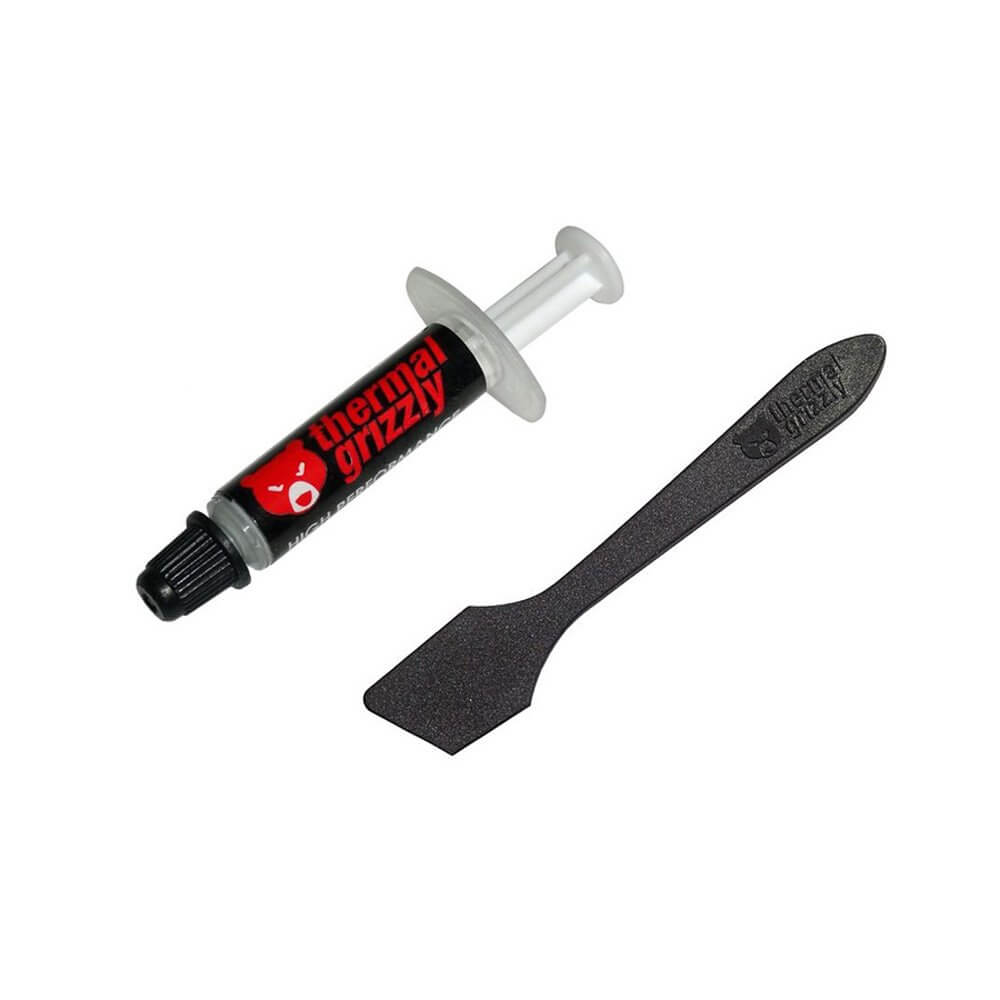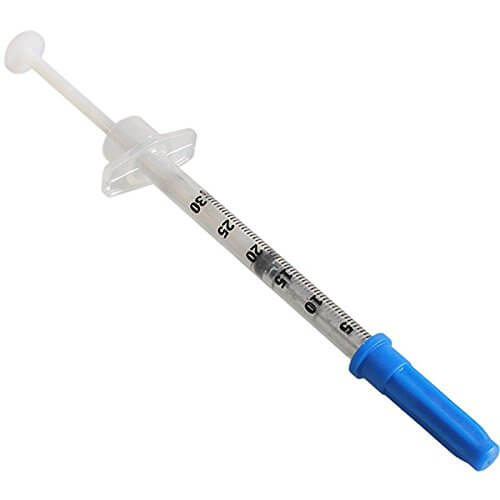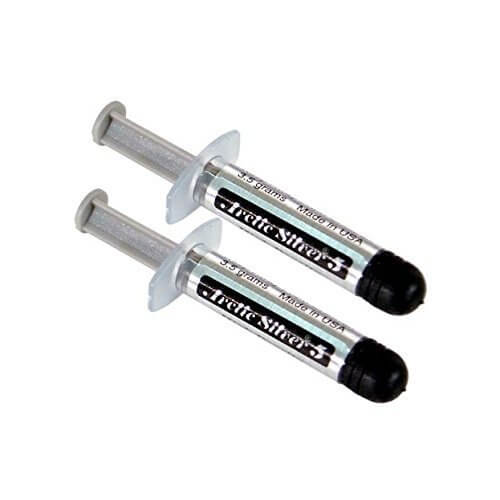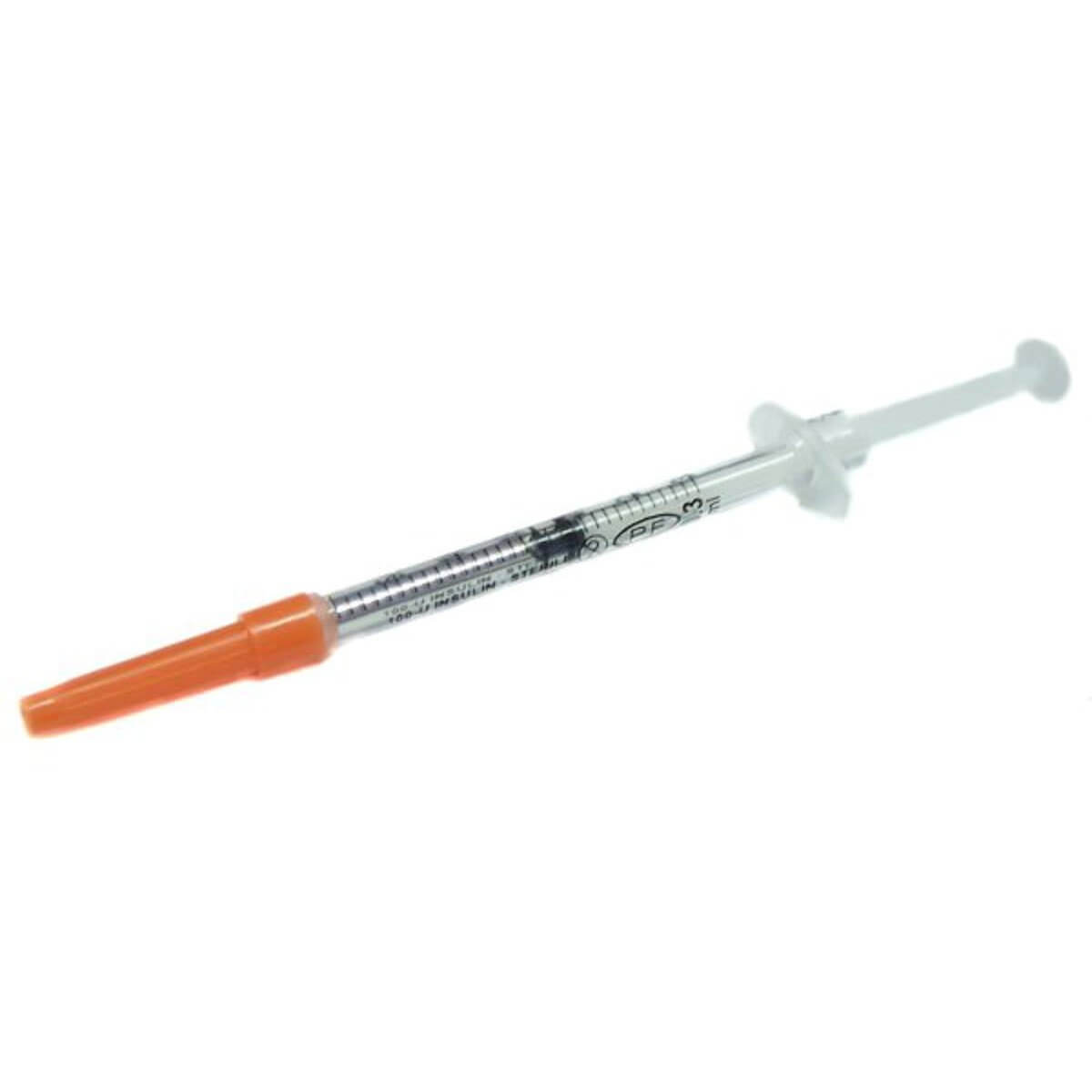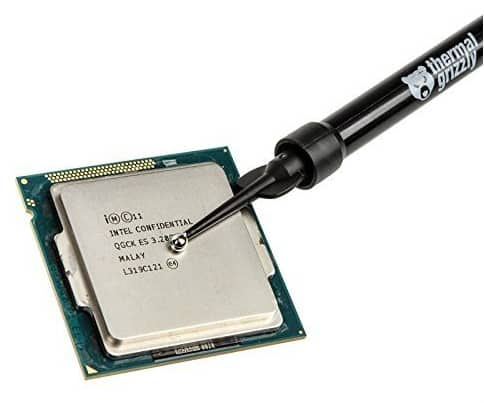Love it or loathe it, the fact remains that any good cooling system is only as good as its weakest link allows it to be.
More often, rather than not, the one link in the chain to proficient cooling that often gets overlooked is a good thermal conductor, one that would normally find purpose in being sandwiched between your cooler heat-sink and processor lid.
If you’re running a slap-on liquid cooling system and still see standard-clock temps you can cook an egg on, you’ll probably want to take a second look at your thermal paste.
Casual Use
Noctua NT-H1
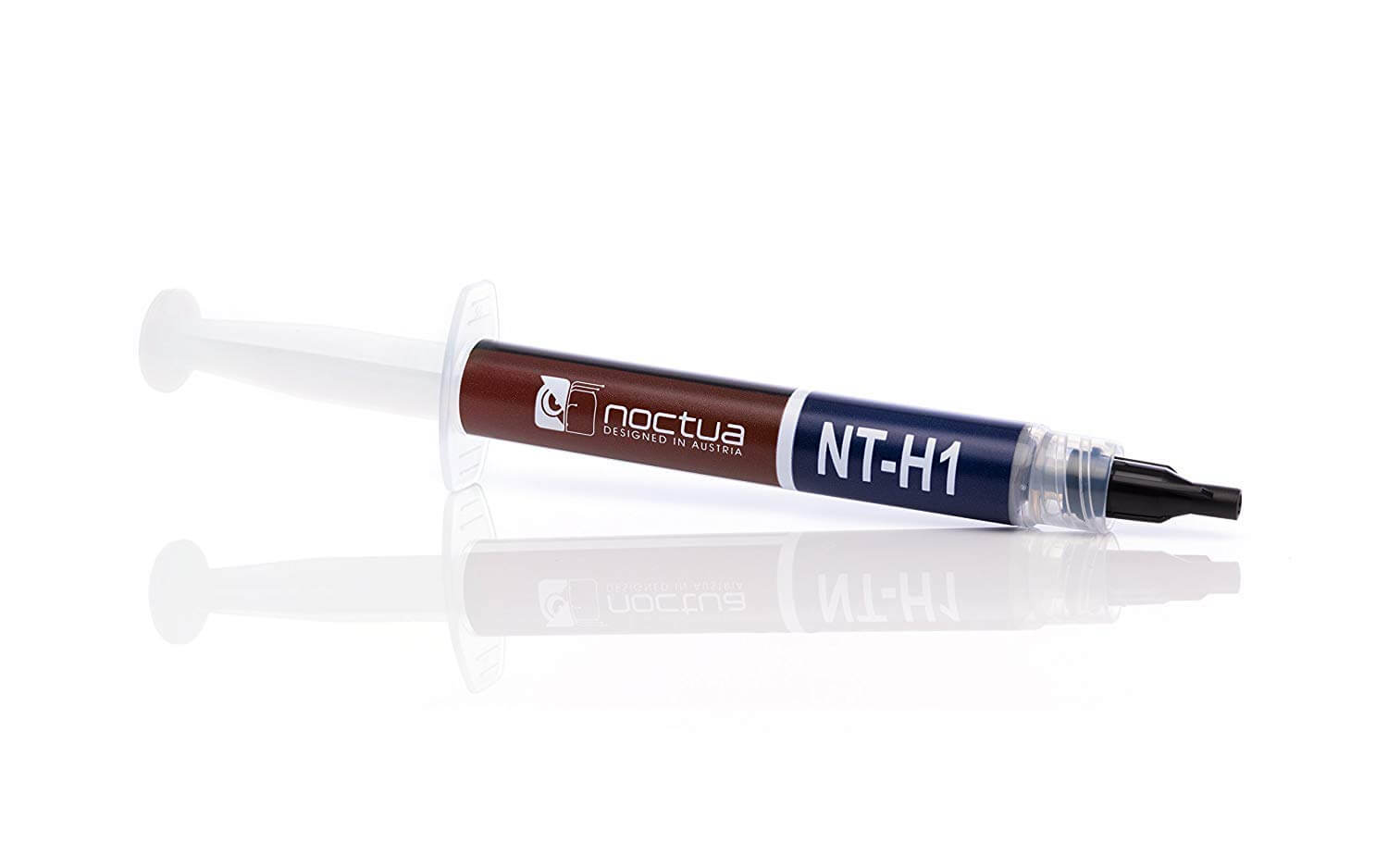
Great for casual users with low and mid-range PC.
Thermal conductivity rating of 8.9W/mK.
Popular choice
Arctic MX-4
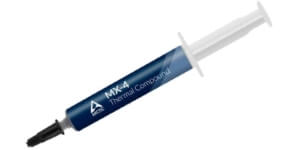
Offers great conductivity overall.
Newbie-friendly & easy to use which is why it's popular.
High performance
Gelid Solutions GC
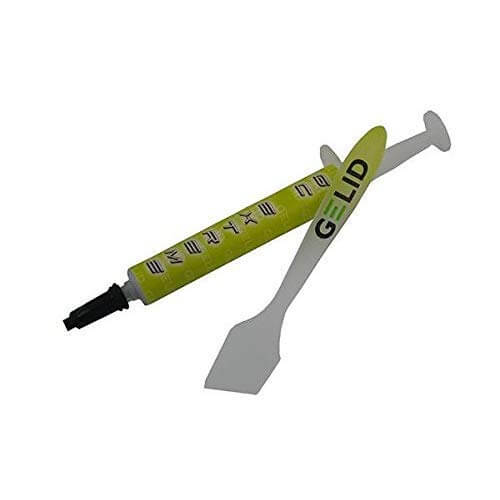
8.5W/mK of thermal conductivity.
Easy to clean off if spilled. High-grade longevity.
The best CPU thermal paste in 2022
In this guide, we present to you the 9 best thermal pastes available now. Before the full reviews, here are 5 more viable choices if you don't have the time to read through more text.
| Lorem Ipsum | Lorem Ipsum | ||
|---|---|---|---|
|
easy to apply
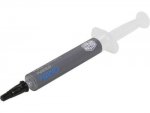 |
Coolermaster MasterGel Maker Nano
|
Check Price on Amazon | |
|
Designed for extreme rigs
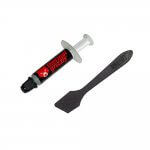 |
Grizzly Kryonaut
|
Check Price on Amazon | |
|
High thermal conductivity
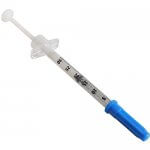 |
Coollaboratory Liquid Ultra
|
Check Price on Amazon | |
|
best for beginners
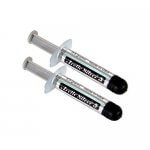 |
Arctic Silver 5
|
Check Price on Amazon | |
|
manages heat rather well
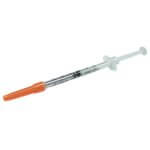 |
Phobya LM
|
Check Price on Amazon |
1
The GC Extreme might have one of the lowest thermal conductivity ratings on this list, but it is the ideal best thermal compound to be found. Its real-world performance is on par with the Kryonaut while being accessible at a much lower price point, and it ticks all the boxes on the list that defines the perfect best thermal compound.
The good:
- The GC Extreme’s composition is rather unique, the contents of which are rather hushed. At 8.5W/mK of thermal conductivity, the specially engineered best thermal compound somehow delivers temperatures on par with those observed with the Kryonaut, which boasts a thermal conductivity rating of 12.5W/mK.
- The GC Extreme is not electrically conductive, easy to clean off if spilled and is incredibly easy to apply, due to the light consistency of its paste, making the whole installation processes a breeze for first-timers with this best thermal compound.
- The GC extreme’s been on winning builds in a few competitive overclocking arenas, and gets along great with liquid nitrogen cooling systems; although, it seems to really shine and have no trouble feeding your traditional cooler heat as fast as it can dissipate it.
- A great price point for its segment and performance.
The bad:
- None what-so-ever!
2
The MX-4 best CPU thermal paste was created by Arctic Silver to succeed its extremely successful Arctic Silver 5 best thermal compound. The MX-4 does not contain silver or other metals and as such, provides a slightly lower conductivity rating of 8.5W/mK; oddly though, the MX-4 often outperforms AS5 in tests and offers a much shorter “curing” period.
The good:
- The carbon-based best thermal compound offers great conductivity and is not electrically conductive.
- Soft and easy to spread without tears.
- Compatible with compression, nitrogen, liquid and air coolers.
- Extreme durability; Arctic Silver guarantees, at least, eight years of effective use from a single application.
- Handles overclock temperatures with no signs of stress.
The bad:
- The Arctic Silver MX-4’s pricing seems to be a little higher than that of its competition and available alternatives.
3
The Noctua NT-H1 was created to complement its liquid coolers but was soon adopted by many users for a wide range of coolers. Noctua created the NT-H1 with the aim of competing directly with Arctic Silver’s AS5, and as such, learned from Arctic Silver’s mistakes and progressed beyond them.
The good:
- The Noctua NT-H1 specifies a thermal conductivity rating similar to that of AS5, which is 8.9W/mK.
- Installation is quick and simple. Simply apply a pea-sized amount on to the middle of your processor’s heat spreader and then gently press your cooler into place until it sits tight above your processor.
- Noctua’s NT-H1 is especially known for its performance and incredible lifespan. One application will last you years of peak performance without the need for a change.
- Was designed to be extremely effective with liquid cooling systems and compressor cooling systems. As such, it’ll play nice with a liquid nitrogen or compressed cooling system if you choose to use it on one.
The bad:
- There is, quite frankly, nothing to complain about as far as the Noctua NT-H1 is concerned.
4
That name might be a bit of a mouthful, but it hasn’t put off any of the top competitive overclocking teams from incorporating the MasterGel Maker Nano from their extreme builds, simply based on its positive presence and momentum alone. The MasterGel Maker’s managed to collect somewhat of a cult outside of the professional scene as well, attributed to its premium build quality and performance; the MasterGel features a unique composition that incorporates fine particles of industrial grade diamond, which gives it graphite-like conductivity at a much lower price point.
The good:
- With an 11W/mK conductivity rating, the MasterGel Maker Nano can contend with quite a few liquid metal products on the market.
- Incredibly soft and easy to apply! No electrical conductivity is a plus with the MasterGel as well.
- The diamond particles give the MasterGel an effective temperature range between -50c and 150c, which is perfectly suited to a liquid nitrogen or compressed fluid setup.
- Designed to endure liquid nitrogen cooling, but works great with traditional cooling as well.
The bad:
- Nothing bad to speak off, as far as the MasterGel Maker Nano is concerned; great, a shining example of a modern best thermal paste for CPU.
5
The Kryonaut is Thermal Grizzly’s contender to the competition overclocking scene. It does almost as well as some of the better liquid metal mixtures during heavily strained overclock sessions and is incredibly easy to apply, incredibly newbie friendly and incredibly easy to clean up. Once you set this baby in right, you can forget about it for years.
The good:
- Thermal conductivity rating of 12.5W/mK, and boy, does it know how to use it. The real-world performance impact on your temperatures can be compared to most liquid metal mixtures.
- Not electrically conductive! Got a bit on your motherboard? A gentle wipe and it’s gone, without worrying about any residue screwing with your expensive hardware.
- Simple, pressure friendly application. Apply a pea-sized amount and then slowly push the cooler down on to your processor heat-spreader. If you’d like to take a more hands-on approach, you can apply the Kryonaut to your heat-spreader and then gently smooth it out with the provided spatula.
- The Kryonaut was designed to withstand temperatures up to 300c, so it can easily put up with what your overclocking throws at it, but you’ll need adequate cooling, of course.
- Designed for extreme rigs based on liquid nitrogen cooling, the Kryonaut can withstand extremely low temperatures just as easily as it thrives on higher ones.
The bad:
- The major downside to the Kryonaut is its premium pricing, which most often finds itself costing twice as much as the competition.
6
After basking in critical acclaim and success for its Liquid Pro liquid metal, Coollaboratory decided to make the technology more accessible to the everyday user, since liquid cooling solutions were becoming more and more accessible and desired. The resulting composite was the Liquid Ultra, which offered the conductivity and high-temp performance of liquid metal while being easier to install, with the lesser risk involved.
The good:
- Liquid Ultra has a conductivity rating of 38.4W/mK, giving it the capacity to transfer heat without problems during heavy overclock sessions.
- The Liquid Ultra was designed with ease of use in mind. The composite is more viscous than most liquid metals and the applicator brush supplied ensures that the application is quick and easy; one little spot of Liquid Ultra and a few brush strokes later and you’re ready to go, making for a simple application procedure that keeps installation simple and less accident-prone than conventional liquid metals.
- It’s got the capacity to enable you to push your liquid cooling system to its limit, due to how well it transfers heat at higher temperatures; ideally suited for those aggressive overclocks.
The bad:
- As with any gallium based mixture; keep away from aluminum.
- Takes longer to naturally alloy with copper and other metals, but it eventually will.
- Like other liquid metals, it will solidify and expand if temperatures get a little too low, so liquid nitrogen is out of the picture, just as compressor based systems are.
7
For a considerable period of time, the Arctic Silver 5 was the standard best thermal paste for CPU that had the loyalty of many builders, as the performance of the metal and oil compound was rather revolutionary at the time. Many years have come and gone, but the Arctic Silver 5 best CPU thermal paste still holds a special place in the hearts of many, even with its few shortcomings.
The good:
- The Arctic Silver 5 does a rather remarkable job with conductivity, and given its age, it still holds up a formidable presence today. The Arctic Silver 5 features 8.9W/Mk of conductivity, which is on par with many newer best thermal pastes.
- The Arctic Silver 5 features fine silver particles that provide a high thermal conductivity rate without the drawbacks of liquid metal.
- The Arctic Silver 5, although metallic, can be used with liquid nitrogen and compressed fluid setups, as the paste does not expand or contract once set.
- A simple and easy application makes the Arctic Silver 5 one of the best thermal compound for beginners.
The bad:
- The Arctic Silver 5 is marketed as a non-electrically conductive best thermal paste for CPU but is capacitive due to the highly conductive silver that it contains. Leaving any of it stuck to your conductive junctions, such as exposed transistor connections or your socket pins will still leave them short themselves out.
- You’ll need to wait out two hundred hours’ worth of heat cycles before you’d be ready to run it with liquid nitrogen or a compressor.
- Arctic Silver claims that its Silver 5 requires a “curing” time that will supposedly give you lower temps once complete, although the significant change from this “curing” isn’t really noticeable. At most, the paste hardens over time to create a more stable fit between your heat-sink and heat-spreader. Weathering out those 200 hours to reap lower temps will leave your rather disappointed.
8
When Phobya decided to get in on the best thermal paste market to complement their other cooling modules, they played it smart and took the time to work on their R&D. The resulting product put them in league with the best competitors on the scene; a highly coveted spot, not only for their best thermal paste for CPU products but also their entire line of accessories and modules.
The good:
- Phobya LM, like most liquid metal mixtures, features a strong conductivity rating. At 40W/mK, Phobya LM will manage heat rather well.
- If overclocking floats your boat, so will the Phobya LM.
- 100% liquid metal.
- Designed for use with liquid cooled and overclocked systems.
The bad:
- It’s a bit tricky to apply as the surface tension is a little stronger than that of water. Avoid if you have no experience applying the best thermal pastes as Phobya’s LM is electrically conductive as well.
- Not much info on the contents of the mixture, but gallium is present; avoiding contact with aluminum is vital. Bonds with copper, much like other liquid metal thermal mixtures.
- Mixture hardens and swells under low temperatures. Tends to get a little brittle and begins solidifying at relatively cool room temperatures, making application a little more tedious than it should be in certain areas. Not compatible with a compressor or liquid nitrogen cooling.
- Pricing is a bit steep compared to similarly performing products.
9
Thermal Grizzly’s been making quite the name for itself in the cooling solutions market. If you frequent computer expos, you might have come across some of their amazingly beautiful liquid cooling modules, which, as you may or may not have known then, would’ve featured Thermal Grizzly thermal grease under the sink.
The brand's quietly clawed out a place for itself at the top of the best thermal paste market and asserted its dominance almost overnight. The Conductonaut is TG’s take on a liquid metal cooling mixture.
The good:
- The Conductonaut sports a high thermal conductivity that’s rated at a happy 73W/mK. It’s a lower rating than the Liquid Ultra, but it’s still way more than adequate for anything you can throw at it.
- Featuring a blend of metals, some that are liquid at room temperature and some not; Thermal Grizzly keeps the exact ratio and ingredient list a secret. This special blend gives the Conductonaut a little more consistency than other pure gallium or indium alloys, making application easier on the user.
- A high conductivity rating ensures that your processor and cooler will handle overclocking with efficiency. The Conductonaut can easily handle heat and quickly dissipate it to the cooler.
- Works great with air coolers but pairing the Conductonaut with a liquid cooling system will get you the most out of it.
The bad:
- Since the Conductonaut contains gallium, you’ll want to keep it well away from your aluminum parts.
- The application is rather simple, but the mixture is still conductive and you’d need to keep it from interacting with anything that looks like it would carry a charge – other than the heat-sink or die, of course. Extra care is advised.
- Liquid metal mixtures do not work in specifically cold conditions, such as those associated with liquid nitrogen or a compressor based cooling system.
- Tough to clean off of most heat-sinks.
What is a Thermal Paste?
The thermal paste is a high heat-conductive best thermal compound and is best used when installing the CPU’s heatsink/cooler or for the Graphics card as well.
People are wondering why they need to put the best thermal paste for CPU first before putting on the heatsink as they can see that the cooler can be seated perfectly.
Unbeknownst to many, even when the heatsink is placed accordingly, it still leaves some microscopic gaps that can mean poor heat dissipation. Thus, leaving you with a hotter CPU that can get potentially damaged in the long run.
The best thermal paste ensures that these microscopic gaps and imperfections will be eliminated by filling in those gaps. And, since the best thermal paste conducts heat, it effectively dissipates heat off from your CPU or GPU and onto their coolers/heatsinks.
Thermal paste is also referred to as TIM, thermal compound, thermal gunk, silicon compound, heat sink paste, just to name a few.
There are three common types of best CPU thermal pastes: Ceramic, Silicon, and Metal
The metal thermal pastes are the most popular ones since it conducts heat better than the other two types. The major problem with metal thermal pastes is that because of its nature, it is also electrically conductive as well. Make sure that you apply the right amount of best CPU thermal paste if you happen to use this type of compound.
Another popular type of best CPU thermal paste is the ceramic-based ones. They are popular because they are nearly as good as the metal types, except that they do not conduct electricity. This is the best thermal paste for CPU for people who are still beginners when putting on heatsinks since spillage onto the motherboard will not pose problems since it doesn’t conduct electricity like the aforementioned type of best thermal compound.
Lastly, the silicon-based thermal pastes are usually embedded on thermal pads that directly attach to either the heatsink or the processor. This is the worst performing thermal compound compared to the other types, but it still does its job at dissipating heat from the processor or graphics card.
Now that you know what a thermal paste is and its different types, I am now going to recommend some of the best thermal pastes on the market.
Applying the Thermal Paste:
Which Method is the Best?
Pea Method
Thermal Paste Tips
Conclusion
Now that you’ve finally reached the article’s conclusion, I am pretty sure that you know the reasons why you will need a thermal paste.
As previously mentioned, your CPU/GPU cooler might not come into close contact with the IHS or the Integrated Head Spreader. That is because the cooler might have a concave or convex design.
Because of such designs, it leaves microscopic gaps that create problems with heat dissipation as these gaps create air bubbles that make hot air harder to remove.
That is where the thermal paste comes in. It fills in those gaps nicely and coupled with its heat conductive ingredients, is a perfect accompaniment to your cooler since it maximizes heat dissipation. Although there are a lot of thermal pastes on the market, I’ve narrowed down the best five so that you do not have to waste any more time scouring the internet for information about the best of the best.
Also check out:
- AndaSeat Kaiser 3 Review: A Welcome Surprise! - September 13, 2023
- Secretlab Professional Footrest Review: Expensive, But Ultra Solid - March 9, 2023
- Sofa Sack Bean Bag Chair Review - September 10, 2022

